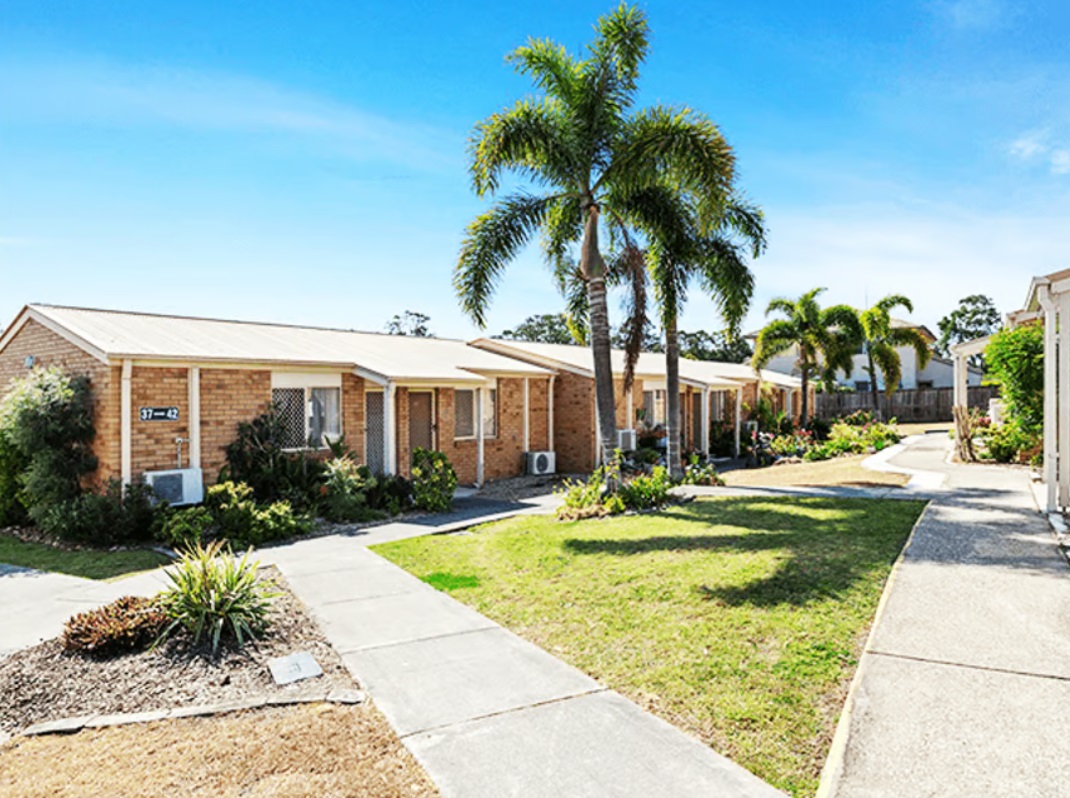Residential aged care explained
Residential aged care or Residential care is the type of care and support given to people living in a nursing home (aged care home). Residential aged care can be offered on a permanent basis or for a short term stay as respite care.
Residential aged care gives you access to an array of help and support ranging from assistance with daily tasks such as cooking, cleaning and laundry through to 24-hour nursing care like wound and catheter care.
In Australia, the Federal Government is responsible for residential aged care including the regulation of care standards and funding under the Aged Care Act 2024.
Residential aged care services are offered by a number of providers including not-for-profit, private and public organisations.
Eligibility for residential aged care
To be eligible for Government-funded aged care, you need to have an aged care assessment. It used to be called an ACAT but these are no longer used. These assessments are free and can be arranged either through your doctor or through the my aged care contact centre or website.
Residential aged care is on either a permanent or respite basis. Respite care is short-term care provided on a planned or emergency basis in nursing homes to people who have been assessed and approved by the assessment team for it. This is usually arranged to give a carer or person receiving care a break from their normal care arrangements.
People receiving care are eligible for up to 63 days of respite care every year, with extensions of up to 21 days available.
Changes to residential aged care
From July 1, 2013, the Federal Government has made a number of changes to the aged care system to ensure it continues to stay affordable for everyone and offer consumers more flexibility and choice in the care they receive.
These include a new means test of your income and assets to determine how much you have to contribute to the costs of your aged care; and more choice in how you pay for accommodation and services including a 28-day period in which you can decide how you would like to pay.
Aged care providers are also now required to publish the maximum amount they charge for their accommodation and extra services. A new capping system for fees was also introduced to make paying for aged care more affordable.
The Government has also removed the high and low care distinction from residential aged care, giving consumers and providers more flexibility in their care arrangements.













